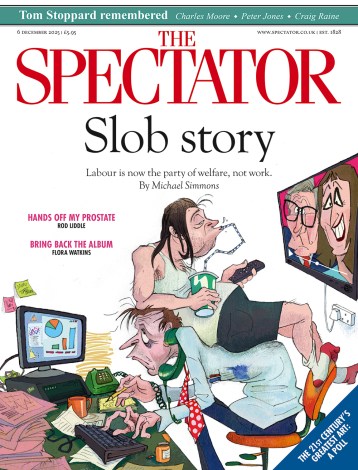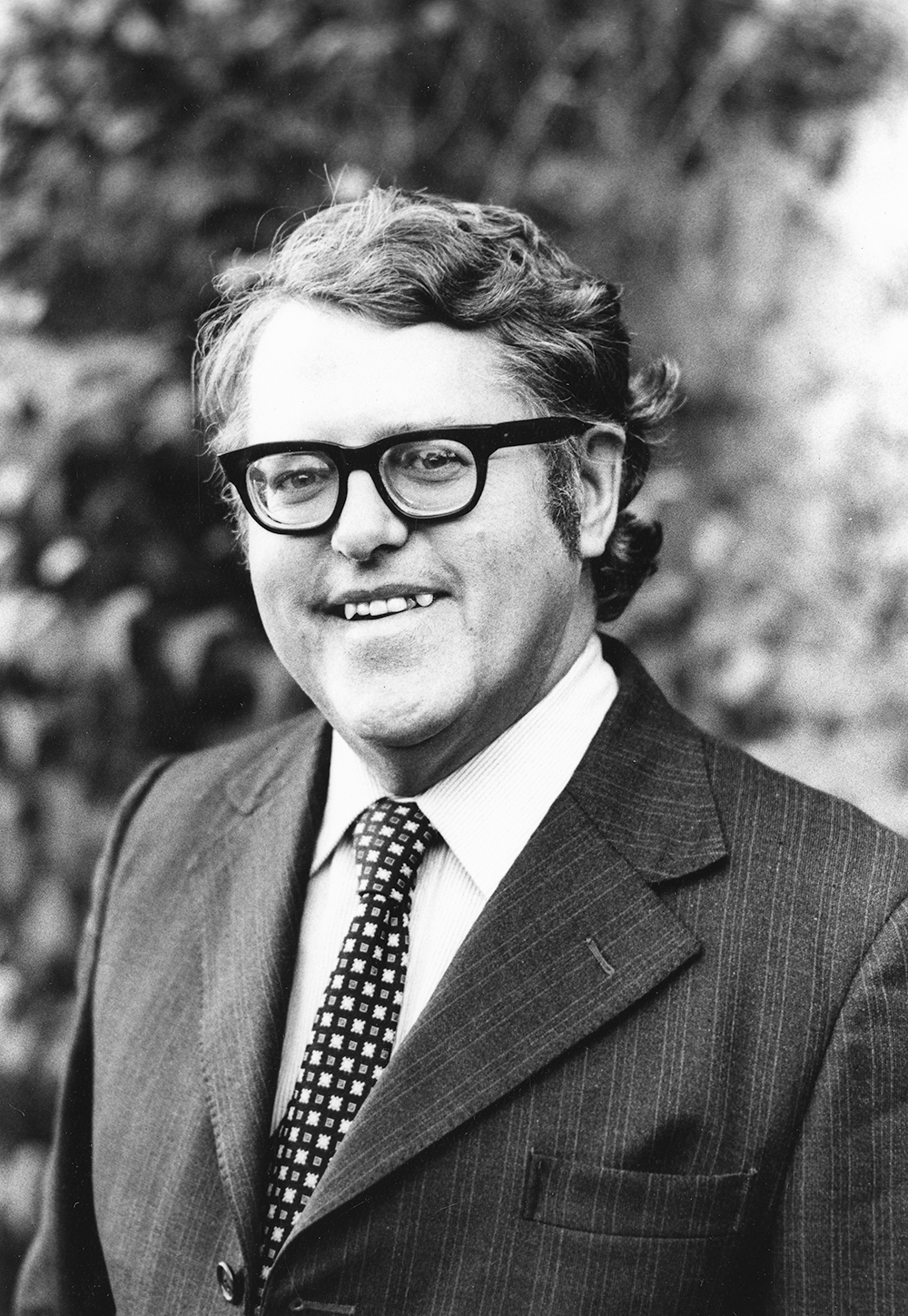
It’s doubtful whether Asa Briggs ever had an idle moment in his life. Bestselling historian, pioneer of the new universities of the 1960s, chronicler of the BBC, champion of adult education, academic globetrotter and much more besides, he possessed phenomenal energy. He was a miracle of the kind of boundless enthusiasm that his Victorian hero Samuel Smiles had extolled in his book Self-Help.
Short and tubby, with large glasses, Briggs effortlessly outpaced academic colleagues who tended to be left panting behind him. A joke did the rounds that if a word were to be coined for a unit of intellectual energy it should be an ‘Asa’.
He was dubbed ‘the last great Victorian improver’ and ‘the Lord Macaulay of the Welfare State’. While he subscribed to the political consensus of the postwar era –above all in his fervent belief in the power of education to overcome inequality and poverty– he also recognised how much the spirit of his own age owed to the vision of those Victorians who had enjoined a partnership between the individual and the state.
His most important books, classics such as Victorian People and Victorian Cities, written while he was still a relatively young man, reclaimed the Victorians from the sneering condescension of the Bloomsbury Group. Yet later in his career he fought a rearguard action when, as Adam Sisman puts it, Mrs Thatcher pulled the rug from underneath him and remodelled ‘Victorian values’ in her own image.
Like Thatcher, Briggs was born above a grocer’s shop. He grew up during the 1920s in a nonconformist household in the northern industrial town of Keighley. By 1938, when he won a scholarship to Cambridge, he was marked out as a prodigy, a reputation cemented by his being awarded two first class degrees simultaneously, one in history, the other in economics from the LSE.
His war service included a spell at Bletchley Park intercepting enemy signals. After the war he was appointed fellow in Politics, Philosophy and Economics at Worcester College, Oxford (where he returned as Provost in 1976). His geniality encouraged easy relations with the good and great. He drove across eastern Turkey and the Middle East in a Ford Zephyr with a favourite student, Rupert Murdoch; rubbed shoulders with Albert Einstein in a taxi in Chicago; and was the recipient of love letters from Iris Murdoch at a time when she was ‘like a housewife going shopping’ for affairs with other intellectuals.
At the core of Sisman’s biography is one of Briggs’s greatest successes, his period at the newly created Sussex University. After becoming Vice-Chancellor there in 1967, he was able to spearhead the expansion of higher education as well as putting into practice ‘a new map of learning’, introducing multidisciplinary courses to encourage students to undertake a more holistic form of study. ‘Suddenly it’s smart to go redbrick,’ trumpeted the Sun. Even student radicalism didn’t faze Briggs. Jokingly, he attributed his ability to tackle demonstrators to his knowledge of the Chartists.
People joked that if a word were to be coined for a unit of intellectual energy it should be an ‘Asa’
After Sussex his career trajectory began to take a downward turn. He was still as much in demand as ever – as head of an Oxford college; as chairman, president and board member of innumerable institutions; as the official historian of the BBC (five volumes, criticised in some quarters for being factually top heavy and insufficiently analytical); and as the author of a staggering flow of books (he liked to have three on the go at once). But he badly overcommitted himself, delivering substandard work years late, or failing to deliver at all.
Sisman keeps his head above water – just. One feels for him, while repressing one’s own incipient weariness, as he painstakingly catalogues the books written (50) and unwritten (in double figures). Money played its part. ‘I started from nothing and to nothing I could return,’ Briggs wrote in a rare moment of self-reflection. That he should have found room in such a crowded life for a wife and four children is its own kind of miracle. Susan Banwell – who died in June this year (Briggs died in 2016) – was the ‘dishy blonde’ he married. Despite being devoted to him, she embarked on a number of discreet affairs following the birth of their last child. Clearly she resented at times the fact that life with ‘an eminent Victorian’ meant that ‘a woman’s noblest station is retreat’.
Briggs was a kind and fundamentally decent man. He was also, in the opinion of an Oxford friend, ‘not really a very subtle character’. None of this makes him an easy subject for a biographer and, given these circumstances, Sisman acquits himself well. The Indefatigable Asa Briggs marks the final volume in an unofficial trilogy of lives of British historians that Sisman has written over the past 30 years. Considering Briggs in the light of Sisman’s two previous subjects – A.J.P. Taylor and Hugh Trevor-Roper – it’s fair to guess that while Briggs never achieved the TV stardom of Taylor nor the witty, fastidious prose of Trevor-Roper, it is his legacy as historian and public figure that will last the longest.








Comments